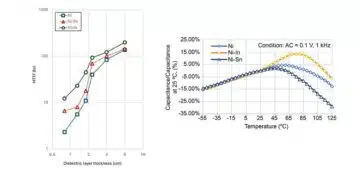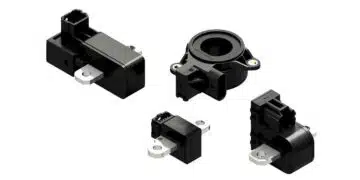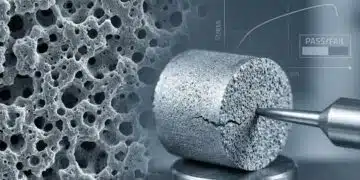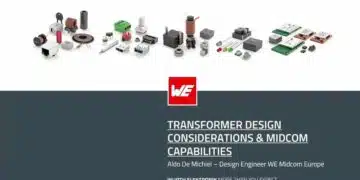source: Electronics Sourcing article
Globalisation is forcing the electronics industry to re-evaluate its supply chain solutions, with regionalisation fast becoming the new offshoring. Here, Future Electronics’ Tom Galligani considers what lies ahead.
Over the past 20 years, supply chain solutions have evolved, largely due to changes in the global economy. In fact, the term supply chain was relatively new to most companies two decades ago, yet today, supply chain is a key function in the majority of companies. Thanks to the growing importance of this discipline, there are now over 500 universities in the US alone offering supply chain majors, including MIT Sloan, Ohio State, Stanford, and Michigan State, to name a few.
It’s an exciting time to be involved in supply chain management, but also concerning, when so much depends on it and so many factors affect it. One interruption, for example, can shut an entire production line down, or worse, cause a company to miss revenue goals and put it out of business.
Today’s supply chain requirements are more complex than they were in years past. Everyone is looking for an edge to be the market leader and much of that depends on supply chain capabilities. Supply chain solutions therefore require constant oversight, transparency and flexibility. Companies must be vigilant to align themselves with a partner that can collaborate in determining the best solutions for the situation at any given moment. In this competitive environment, your supply chain team can make the difference between winning or losing.
What’s changed?
Looking at the supply chain over the past 30 to 40 years, there have been significant and dramatic changes. Companies have shifted from being vertically integrated, to outsourcing, to contract manufacturing, eventually migrating to low cost regions to take advantage of lower wages and material costs. This migration began with high volume production, until medium and some low volume production followed suit due to industry pressure. One could even say it became a fashionable trend.
For a long time, there was a definite cost advantage to making this transition, since labour and material costs were lower than the US or Europe. As outsourcing became the norm, more electronics manufacturing service providers opened in these areas, and in many cases, OEMs also opened facilities in lower cost regions. Early pioneers navigated government regulations, staffing and commercial requirements, which made it much easier for other North American and EMEA customers to subsequently make the transition and thus, it became a growing trend.
Today, however, companies understand landed cost much better than 10 years ago and are making more intelligent decisions based on solid data, rather than perceived popularity. If we fast-forward to 2017, when labour costs are rising and fuel costs have changed, we see that companies are once again rethinking their supply chain needs and priorities.
What’s happening?
New cycles of regionalisation and on-shoring are starting to take shape, along with the emergence of different low-cost regions. Due to the trials and tribulations experienced in the previous cycle of change, however, we can expect this transition to be smoother.
So, what dynamics are currently at work? Regionalisation means having factories closer to the consumer. Tightening up the supply chain means shorter lead times, lower inventory levels and faster time to market, which will result in a competitive advantage for some and improves financial key performance indicators for others.
Across the industry better systems and process controls are in place. Robotics are improving efficiency, quality and cost, and drones are now being implemented as part of delivery systems. The introduction of big data also provides better analytics, enabling companies to make better business decisions. Will we see a mass exodus from Asia? No. Will we see new, more efficient factories in areas once thought to be high-cost regions? Yes.
What’s ahead?
As we move into an era when we can transfer data at the speed of light using application programming interfaces to connect businesses together, it’s amazing to think how far today’s factories and supply chains have come.
Globalisation is forcing companies to continually re-evaluate and develop innovative supply chain solutions. To stay ahead of the competition, they need to be fast, lean, efficient and have access to the latest technology to help them address ever changing market demands.
In this way, today’s supply chain managers will develop and shape the supply chain through the next cycle of transformation. It will be interesting to see how this generation of supply chain leaders will drive change, particularly in light of the current wave of technology such as robotics, drones, 3D printing and data analytics.
Along with this trend towards robotics and automation, regionalisation is also having a big effect on supply chain decisions. This means that alongside China, Vietnam, India, Mexico, and Eastern Europe are the new options to consider.
As a final thought, it’s encouraging to see the number of new supply chain managers in the electronics business, thanks to the 500 plus universities in the US offering a supply chain major. These are the new supply chain managers of the future who will shape the supply chain through the years to come. Backed by technology advances in all areas, who knows what changes they will instigate.






























